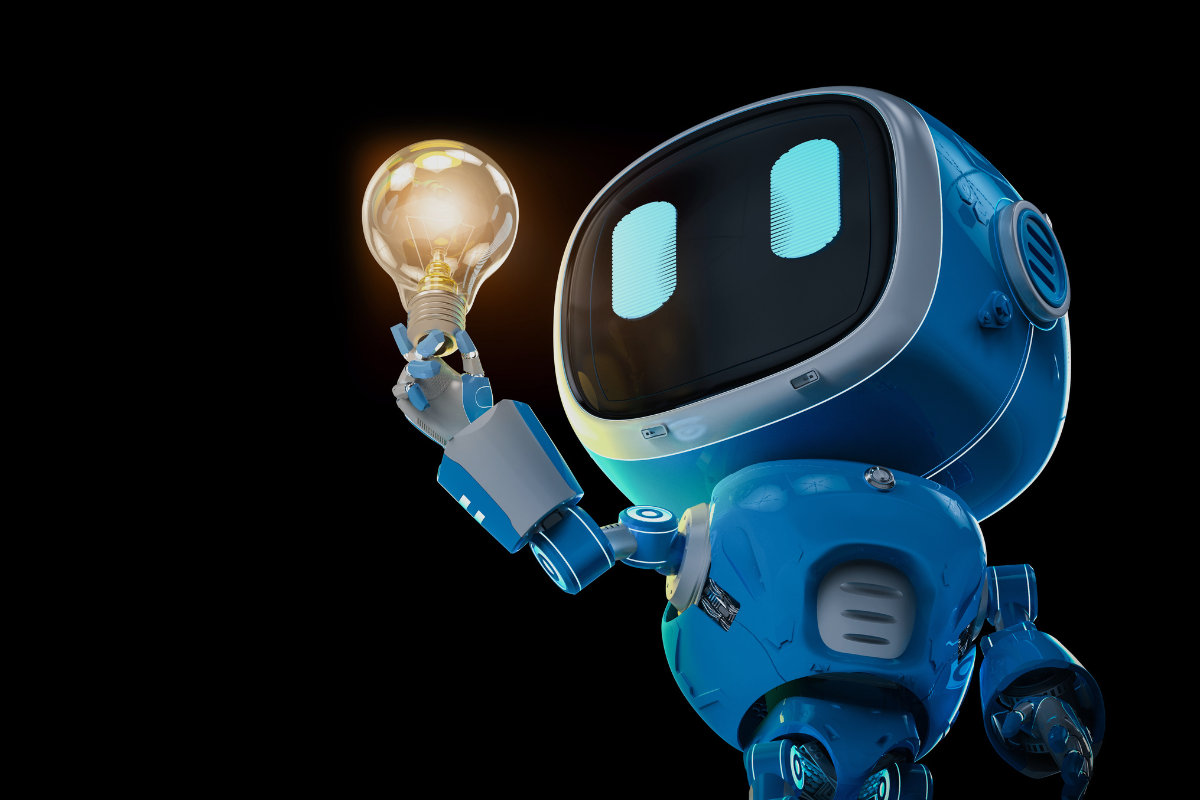In a groundbreaking initiative, Microsoft is leveraging artificial intelligence to spearhead an ambitious sustainability project in West London. Dubbed the “Green Moonshot,” the tech giant aims to transform urban landscapes and set a new standard for eco-friendly city living. This blog post delves into the intricacies of this innovative program, exploring its objectives, strategies, and the significant impact it’s destined to have on the community and the environment.
The Vision Behind Green Moonshot
Microsoft’s Green Moonshot is not just a corporate venture but a visionary effort to integrate technology with environmental stewardship. By utilizing advanced AI algorithms and data analytics, Microsoft aspires to create sustainable urban solutions that can be replicated across the globe.
Key Objectives
- Reduction of Carbon Emissions: One of the core goals is to significantly lower the carbon footprint of urban activities by optimizing resource consumption and minimizing waste.
- Enhancing Urban Green Spaces: The initiative seeks to maximize the presence of green spaces in urban settings, improving air quality and residents’ wellbeing.
- Smart Infrastructure Development: Deploying AI-driven smart systems to enhance the efficiency of public utilities, transportation, and waste management.
Technological Innovations: AI at the Forefront
The crux of the Green Moonshot lies in its technological backbone. Here’s how Microsoft is using AI to drive sustainability:
AI-Powered Energy Grids
Traditional energy grids are often inefficient, leading to substantial energy wastage. Microsoft proposes the use of AI to create smart energy grids that can dynamically adjust energy distribution based on real-time data, reducing unnecessary energy use.
Predictive Maintenance
AI algorithms are employed to predict and preempt maintenance needs of critical infrastructures such as transport systems and water supply networks. This proactive approach not only reduces downtime but also enhances operational efficiency.
Smart Urban Planning
Using machine learning, Microsoft is able to analyze urban data to design city layouts that optimize space, reduce heat islands, and promote higher air quality. AI models simulate various scenarios to identify the most sustainable urban planning strategies.
Impact on the West London Community
The Green Moonshot is more than just an environmental effort; it has profound social implications. Here’s how the local community stands to benefit:
Economic Growth
- Job Creation: New green jobs ranging from data scientists to urban farmers will emerge, providing employment opportunities for local residents.
- Local Businesses: Small and medium enterprises (SMEs) will find new avenues for growth by integrating sustainable practices and technologies.
Improved Quality of Life
- Health Benefits: Cleaner air and more green spaces substantially contribute to public health, reducing instances of respiratory ailments and enhancing mental well-being.
- Community Engagement: The initiative encourages local communities to participate in sustainability projects, fostering a sense of belonging and collective responsibility.
Challenges and Roadblocks
Every monumental project faces hurdles, and the Green Moonshot is no exception. Some of the key challenges include:
Technological Barriers
While AI provides incredible potential, its implementation in urban sustainability is still a relatively new concept. Potential glitches and the need for continuous refinement pose significant challenges.
Public Skepticism
Another critical hurdle is public acceptance. Educational campaigns must underscore the benefits of AI-driven sustainability to gain widespread support and active community participation.
Opinion
Microsoft’s Green Moonshot represents a formidable leap toward a sustainable future. However, its success hinges on a delicate balance of technology, community engagement, and transparent governance. AI, with its immense potential, can be the linchpin that holds this vision together.
As we inch closer to an era defined by environmental crisis, initiatives like Microsoft’s Green Moonshot become not just desirable but necessary. They offer a blueprint that other tech giants and metropolises can follow, making a global impact that transcends borders.
However, the question remains: Are we, as a society, ready to embrace such change? The melding of AI with urban living demands a cultural shift—one that requires adaptability, openness, and a willingness to let go of conventional infrastructures that have long dictated our way of life.
The local community’s involvement is also crucial. Projects that fail to gain grassroots support often wither away despite their merits. Microsoft must do more than just deploy technology—it must foster an inclusive environment where residents feel they are stakeholders in this green revolution.
Ultimately, the Green Moonshot holds the promise to redefine urban living. It highlights that sustainability isn’t a futuristic concept but a present-day necessity. For now, all eyes are set on West London, a testing ground that could very well become the blueprint for cities worldwide.
In conclusion, the success of Microsoft’s Green Moonshot could be the beacon that inspires global change. As AI continues to permeate every facet of our lives, harnessing its capabilities for sustainability might just be humanity’s greatest endeavor yet. The world watches and waits, hoping that this moonshot will indeed land us on the green earth we’ve always envisioned.
